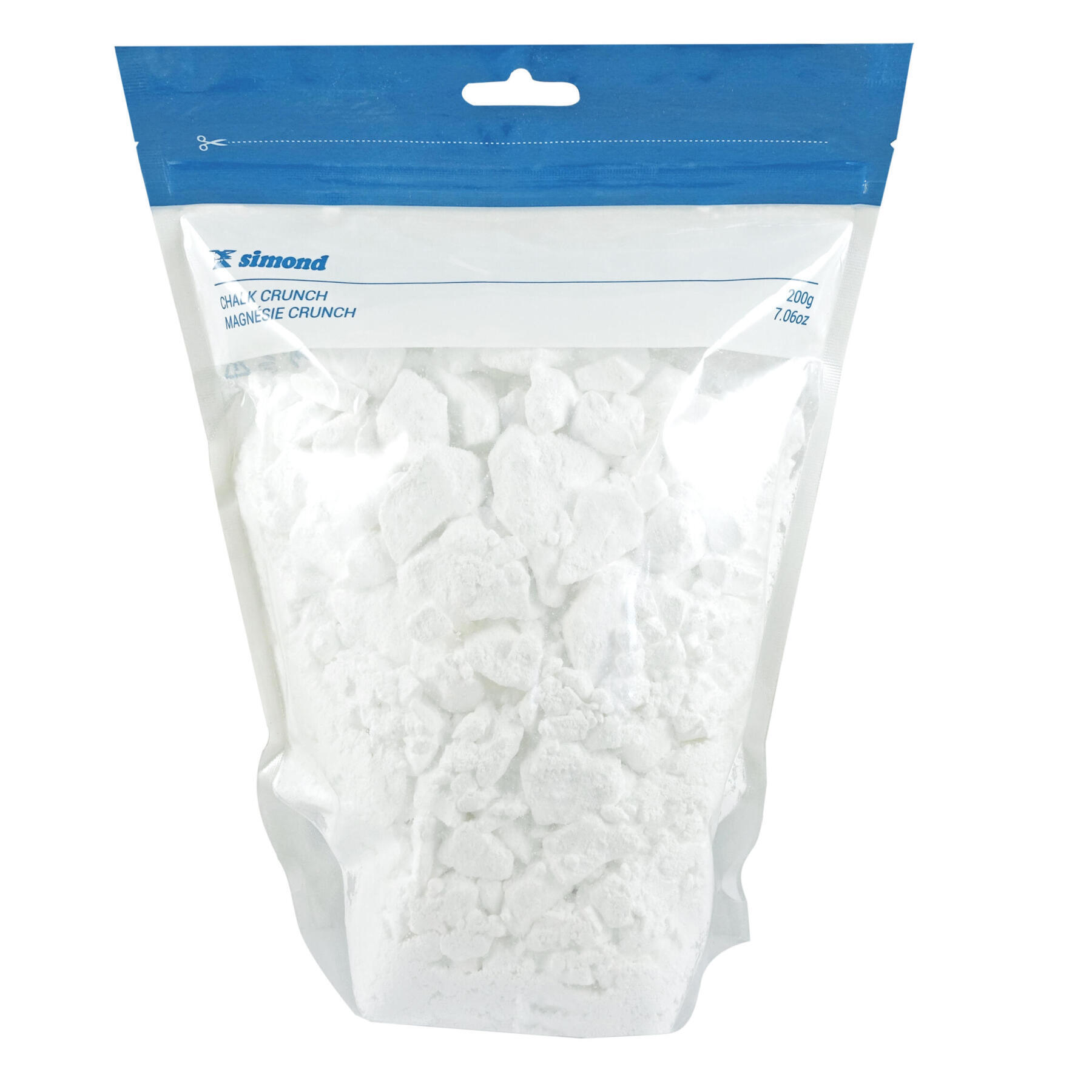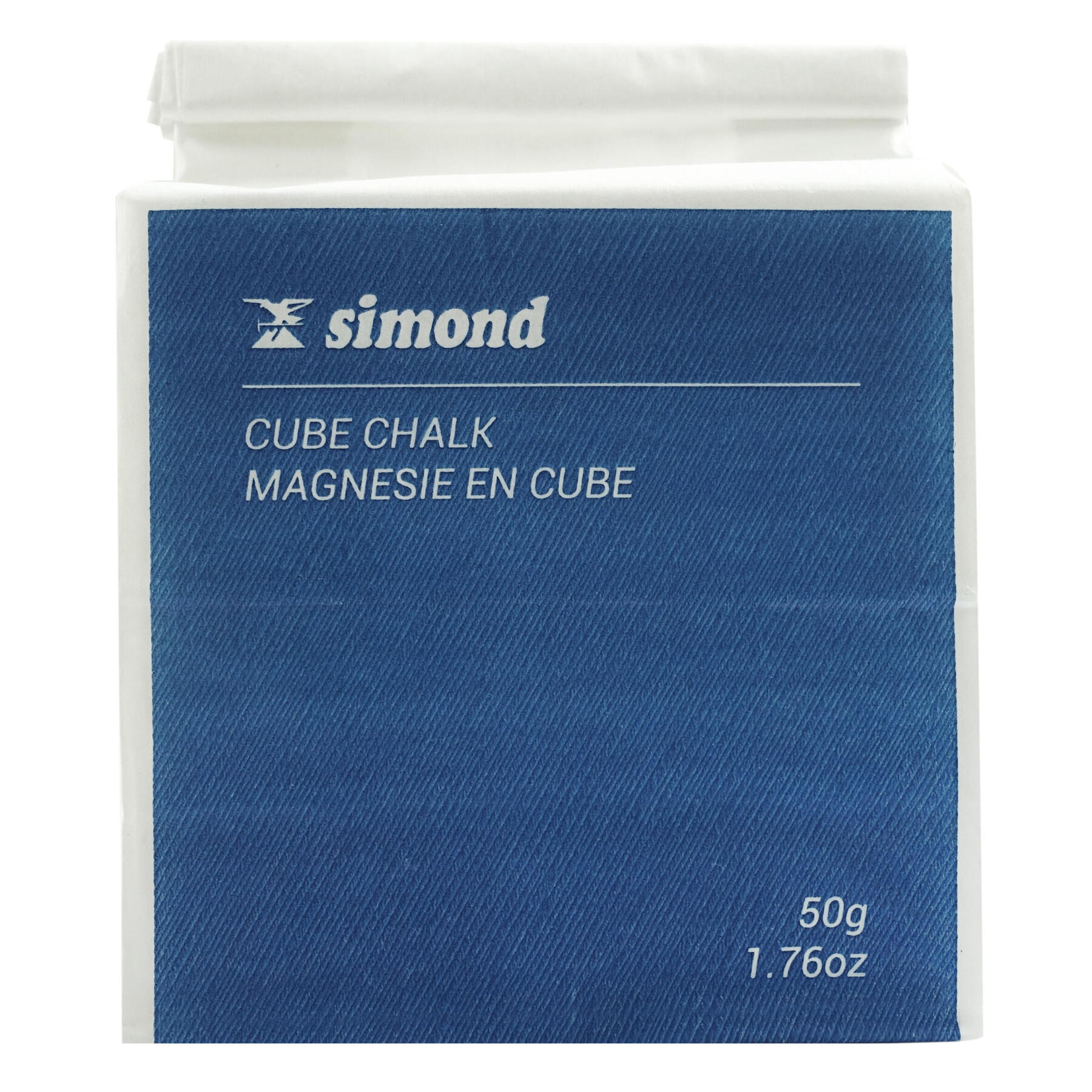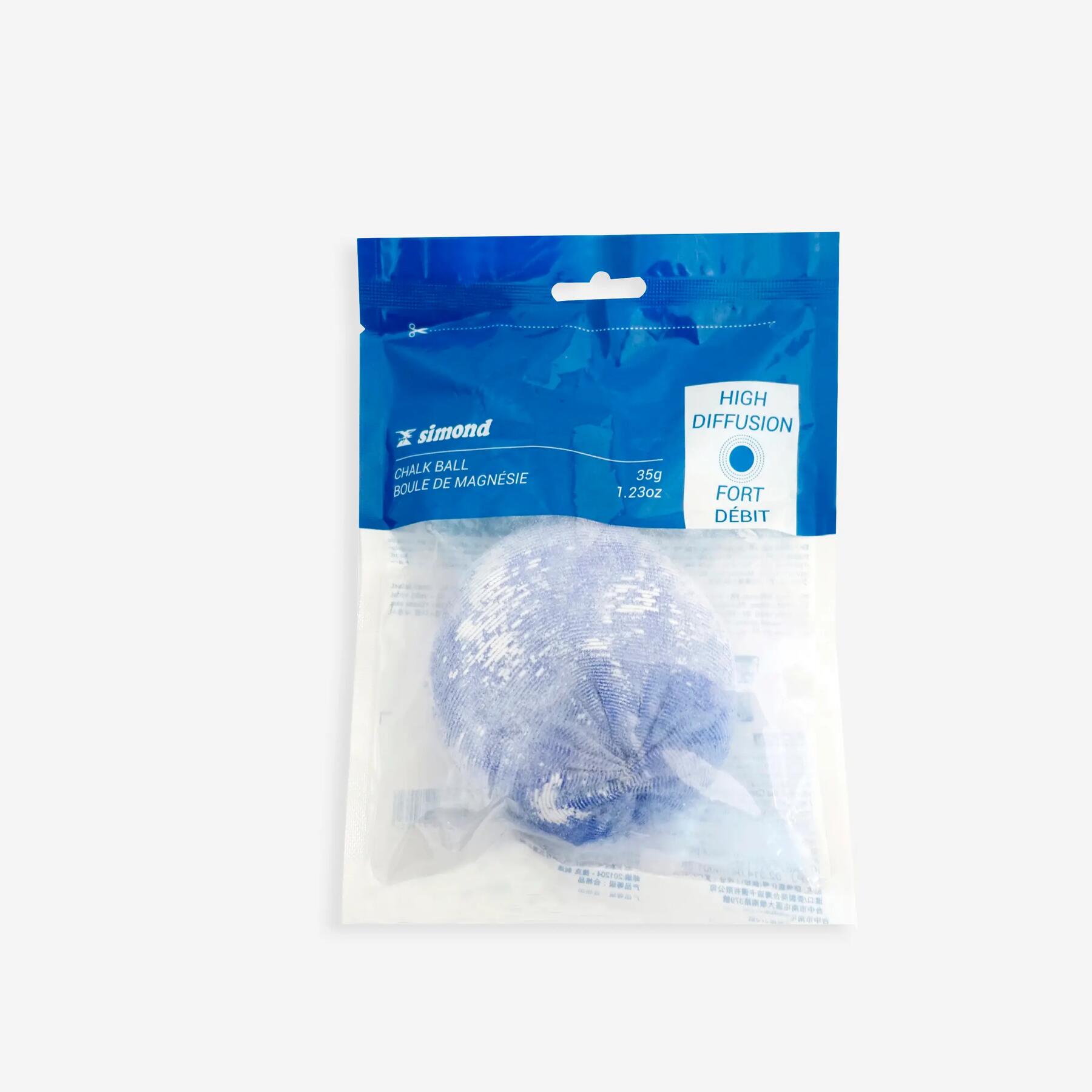Which climbing chalk to choose? common types include:
- Loose chalk
- Chalk block
- Chalk ball
- Liquid chalk

Why use rock climbing chalk? What is the difference between liquid chalk and a chalk ball for climbing? Check out this article to find the answers.
- Loose chalk
- Chalk block
- Chalk ball
- Liquid chalk

Loose powdered chalk is the most popular climbing chalk among climbers. You can achieve a good covering on your hands easily and can adjust the amount you use. The downside to loose chalk is that on application you may lose some into the air or spill to the ground. Fill your chalk bag about a third full to reduce spillage.

Chalk block is also a common climbing chalk . It can be crushed and used as loose chalk. It is less easy to spill and these blocks generally work out cheaper than loose chalk. The downside is that it needs an extra crushing process and may cover your hand unevenly with chalk.

Chalk ball is a great alternative to loose chalk for rock climbing. These are sealed mesh bags filled with chalk. When you grip the chalk ball, you will achieve a more precise and even coverage with less wastage compared to loose chalk. The downside is that it is slower for chalk applications. Add loose chalk together with a chalk ball in your chalk bag for a more effective application.

The fourth rock climbing chalk option is liquid chalk, available with or without an alcohol base. On application, spread the liquid evenly and let it dry. This chalk tends to last longer on the skin and has much less wastage, dust and mess. It can be used with an extra coating of powder chalk for extra grip if necessary. The downside is application from a bottle is not possible during mid-climb, plus it can be very drying to the skin due to the alcohol. If you apply it under cold weather, your fingertips may be numb due to heat loss caused by alcohol evaporation.
Excessive climbing chalk on holds is not only eye-sore, but it will also form a hard layer over the rock holds and make it more slippery over time. The longer the chalk stays on hold, the harder it is to remove it. In indoor climbing gyms, the holds cleaning process is done by using a high pressure water gun. Nevertheless, some holds will remain dirty after cleaning, as they have been used for too long. Understandably, in rock outdoors, it will be very difficult to remove the hardened chalk layer.
To build a more sustainable outdoor climbing environment, you can follow the 2 pieces of advice below:
- Do not use excessive chalk during rock climbing
- Brush the chalk off the when you finish your climb